
The Early Period: 11th to 15th centuries

The original owner of the property was Lord Arnaudus Gauselmus de Monte Cautio (approx. 1075), or in French, Arnaud de Montchaude.
A medieval castle was originally built on the site about 1000 years ago. The undercroft with its large fire places and the interior well are from this original construction.


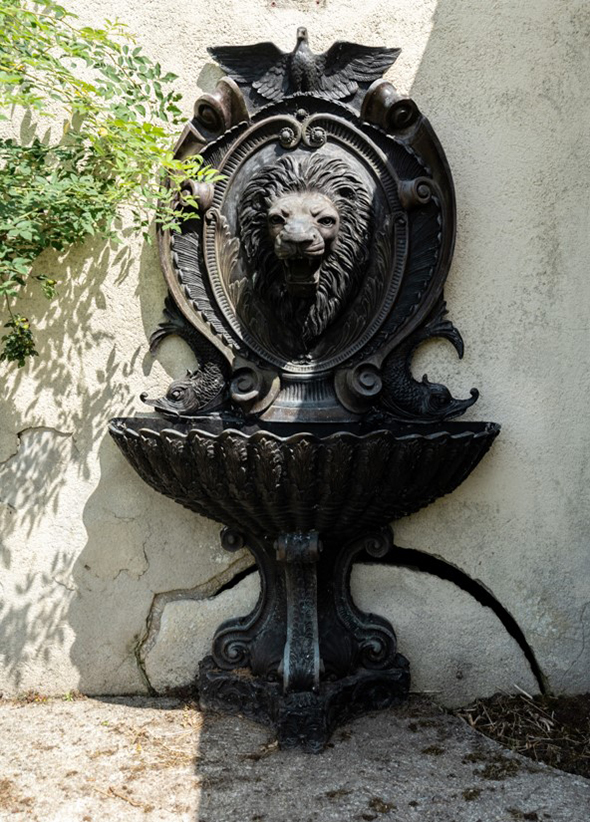
… and the profile of another in the French garden behind the lion fountain.
A church was built sometime in the 12th century and was partially rebuilt in the 15th century. It was dedicated to Louis the 9th (Saint Louis). The same person the American city St. Louis is named after. The last remnant of this church, the front door arch, was destroyed around 1990.


The keystone to the arch, a bust of Saint Louis, can be found in the undercroft.
A fountain was built at a natural spring on some of the land owned by the chateau that is outside of the wall. The spring was dedicated to Saint Cybard, a 6th century recluse who lived near Angouleme. It was the stopping point for pilgrimages. The water from the fountain was believed to cure ailments of the eyes.

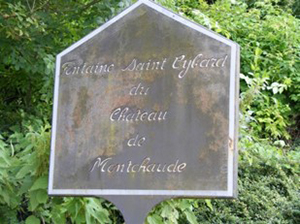
Chateau
The chateau was likely built by Francois II Bouchard d'Aubeterre (Lord Baron of Aubeterre) on the remnants of the original castle. The design was in the French Renaissance style which was extremely popular in the first half of the sixteenth century.

Near Angouleme, the Château de La Rochefoucauld has a very similar façade.


Arguably the most famous French Renaissance style chateau is Château de Chambord in the Loire Valley.
Many of the architectural elements are original to this period. The stone figure at the very top facing the courtyard has stood there for 500 years.
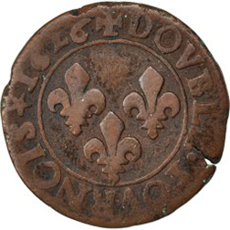

You can still find coins from the late 16th century and onward.
Holes for firing an arquebus (a 17th century gun) can be seen in the walls.

Renovation
In the late 1800s, the Chateau was purchased by Louis-Eugène Arnous, a French politician.

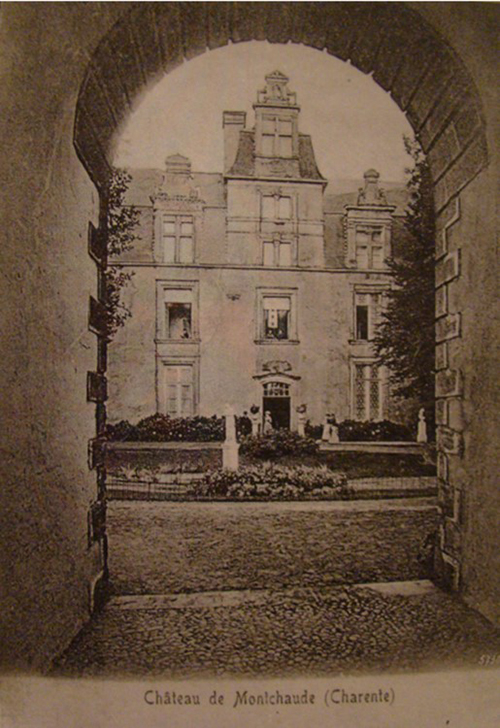

He completely renovated the inside of the main building, added a matching extension, removed the old stables and other farm buildings and installed a French garden.
Arnous also demolished the original church, leaving just the front door arch standing, and had the church built across the street.

Arnous also demolished the original church, leaving just the front door arch standing, and had the church built across the street.


The Fire of 2013
The current owners purchased the Chateau on July 11, 2013. On July 22, just 11 days later (and a few hours before Prince George, the future king of England was born), the chateau caught fire. The source of the fire was an electric short in a panel in the attic (very similar to the source of the fire at the Notre-Dame Cathedral in Paris, 6 years later).

The damage was extensive and has taken years to rebuild.

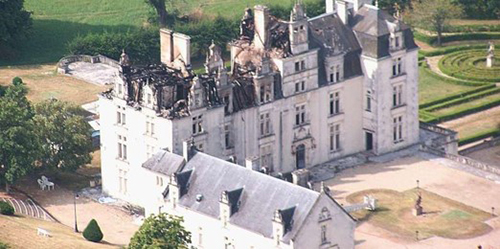
Today
The Chateau has returned to its former glory.
